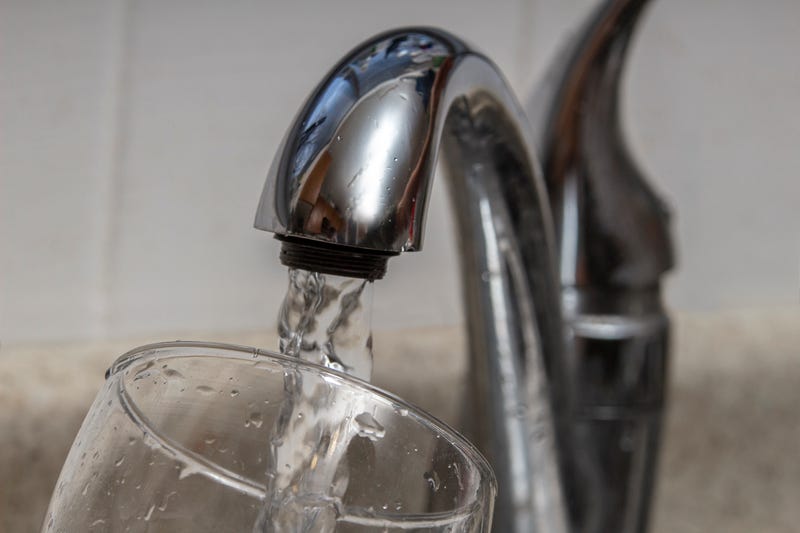
Researchers have discovered toxic levels of lead in the tap water of Watts in South Los Angeles, leaving local residents to potentially face serious health risks due to a problem researchers say was caused by the neglect of city infrastructure.
The study released Wednesday says the toxic metal was found more often in samples taken from homes in public housing developments in the neighborhood, where plumbing issues have historically led to heavy metals contaminating the drinking water. Any level of lead in drinking water is not considered safe, according to the U.S. Environmental Protection Agency (EPA).
Want to get caught up on what's happening in SoCal every weekday afternoon? Click to follow The L.A. Local wherever you get podcasts.
But some of the water samples in Watts contained lead levels so high that they warrant special regulatory actions, in accordance with standards set by the EPA. These samples contained lead higher than 15 µg/L, or 15 parts per billion, according to researchers. That's the so-called action level set by the EPA — when infrastructure repairs and public notifications about the issue are needed.
The study, which calls for government-led water testing across Watts, was carried out by researchers from universities including UCLA, USC and the University of Michigan. It was commissioned by the Better Watts Initiative, the environmental justice wing of the Watts Labor Community Action Committee which advocates for "clean air, land and water" in the South LA neighborhood.
"This is a scandal. The health, welfare, and civil rights of this community have been trampled by generations of neglect by Los Angeles city and county leaders," Tim Watkins, the committee's CEO, said in a statement. "Clean water is a basic human right... The city must answer for its neglect of Watts."
For children, exposure to lead can lead to damage to the brain and nervous system; learning, hearing and speech problems; and slowed growth and development, according to the Centers for Disease Control and Prevention (CDC).
Meanwhile, adults may face health risks such as neurological effects, organ damage and reproductive problems in both men and women among other issues, the CDC reports. High enough levels of lead can prove fatal.
According to the study, lead has contributed to many "preventable health disparities" in Watts, including an average life-expectancy that's 14 years shorter than that of surrounding areas.
In a statement, one of the study's researchers called the situation a "public health and environmental crisis."
"Many Watts community residents are drinking and bathing in water that is unsafe," said Danielle Hoague, the study's lead researcher and a Ph.D. student at the UCLA Institute of the Environment and Sustainability. She said the EPA should immediately dispatch water testing efforts across Watts in light of the study's findings.
The study explicitly blames the dangerous lead levels on decades-old plumbing issues in Watts, where water-carrying pipes made of lead were built inside homes before the Safe Drinking Water Act banned the use of such pipes in the mid-1980s. According to the study, landlords and homeowners usually cannot afford to replace these corroding pipes as well as faucets and other fixtures.
Watts, which spans two square miles just north of Compton, is one of the most polluted neighborhoods in the state of California, according to CalEnviroScreen, the mapping tool from the California Office of Environmental Health Hazard Assessment, or OSHA.
Nearby areas of the South Los Angeles region including Commerce, Lynwood and Compton report similarly high pollution levels.
Follow KNX News 97.1 FM
Twitter | Facebook | Instagram | TikTok
